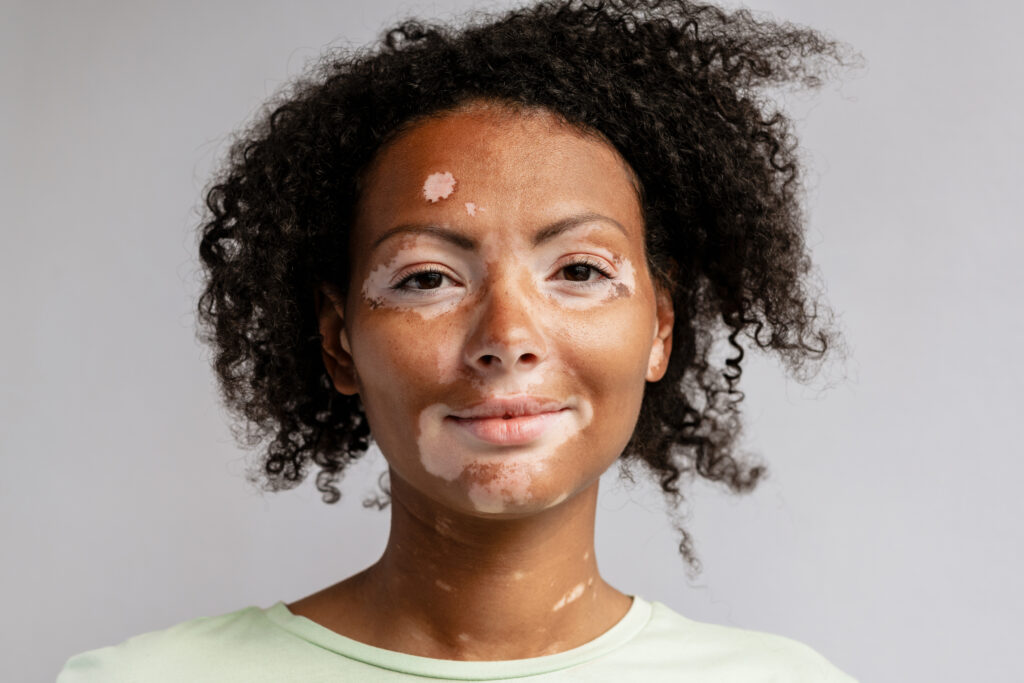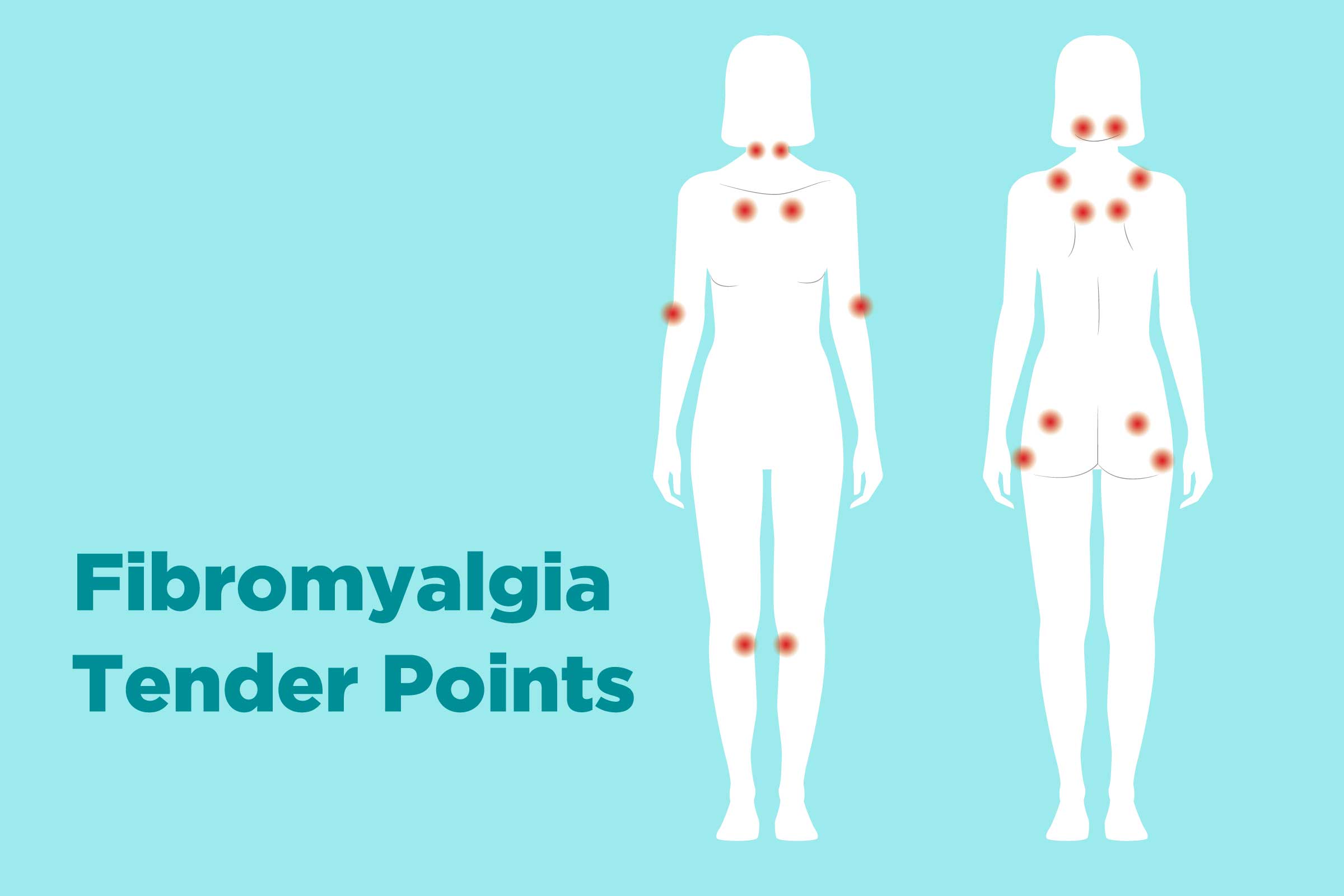
Although vitiligo isn’t dangerous, it's important to seek treatment to slow the progression of discoloration and help restore a more normal appearance.
Your doctor will examine your skin and ask you about any other symptoms you’ve had. He or she may also order blood tests to find out if you have any other autoimmune diseases like thyroid disease.
Diagnosis
The first sign of vitiligo is usually a patch of skin that is lighter than the surrounding area. The patches may start small and then gradually grow bigger. They can be very noticeable, especially on darker skin or if you have been tanning. The patches do not hurt, itch, or burn.
Vitiligo can affect people of all ages, races, and genders. It tends to run in families and can occur along with other autoimmune diseases, such as thyroid disease (Hashimoto's), type 1 diabetes, or rheumatoid arthritis. Vitiligo can also happen after sunburn, trauma, or stress. It can cause a loss of color in the hair and eyes as well.
Your doctor can diagnose vitiligo by looking at your skin and asking about any other symptoms you have. Your doctor might also use a Wood lamp, which is a handheld ultraviolet light that makes white spots in your skin appear brighter. There are special medicines, including corticosteroids and calcineurin inhibitors, that can return your natural color to the skin. Your doctor might also recommend light therapy (phototherapy) using UVA light with a medication called psoralen, or narrowband UVB light alone.
Treatment
Vitiligo cannot be cured, but treatment may slow the progression of color loss and return some pigment to areas affected by vitiligo. It is important to protect skin without pigment from sun damage with a broad-spectrum, high-SPF sunscreen or other safeguards.
Your doctor will ask about your symptoms and family history of vitiligo, and examine your spots. They will use a special lamp to look for areas of normal skin color and patchiness, called a Wood's lamp. They may also use an instrument to measure how much light your spots reflect.
Your doctor might recommend an ointment that affects your immune system to ease inflammation. They might also prescribe a topical medicine to stimulate your skin's pigment-producing cells, called melanocytes. A new treatment based on this approach is under study. It's being tested in a clinical trial called RECELL. It aims to provide lasting repigmentation in stable vitiligo. Your doctor might also recommend light therapy to stimulate your melanocytes. You might receive this in your doctor's office or at home with a portable device.
Preventive measures
Vitiligo is a lifelong condition, but there are ways to prevent it from getting worse. You can try using a sunscreen with SPF 30 or higher every day and reapplying it often. You can also get vitamin D from foods and supplements. If you have vitiligo, it is important to protect your skin from sunburn because the loss of pigment in your skin can make your vitiligo spots appear brighter and larger.
You should avoid tanning beds and sunlamps, because these can burn areas of the skin that have lost pigment and worsen vitiligo. You can wear clothing that covers white patches of skin, but this isn’t always practical for people with widespread vitiligo.
You can also use makeup to conceal white patches of skin. There are many different shades of cosmetic creams and foundation available to match your skin tone, so you can hide the white spots. Severe vitiligo can be more difficult to treat, but medications that control inflammation may help return color to your skin.
Support groups
The vitiligo condition causes patches of white skin on any part of the body. It is not life-threatening, but can cause low self-esteem and social stigma. For this reason, it is important for vitiligans to seek support from other people who are living with the condition.
Support groups have been shown to improve a person’s quality of life and provide them with the motivation to live with vitiligo. These groups also help them to connect with others and uplift their spirits. They can even introduce new coping strategies that are helpful in managing their condition.
The American Vitiligo Research Foundation is a nonprofit organization that works to raise awareness about the condition, focusing on children and their families. The organization has many resources that can be used by vitiligo sufferers, including support groups and counseling. Their goal is to make a difference worldwide for those who are affected by vitiligo. They are also committed to funding and fast-tracking medical research on the condition.





